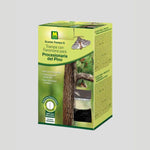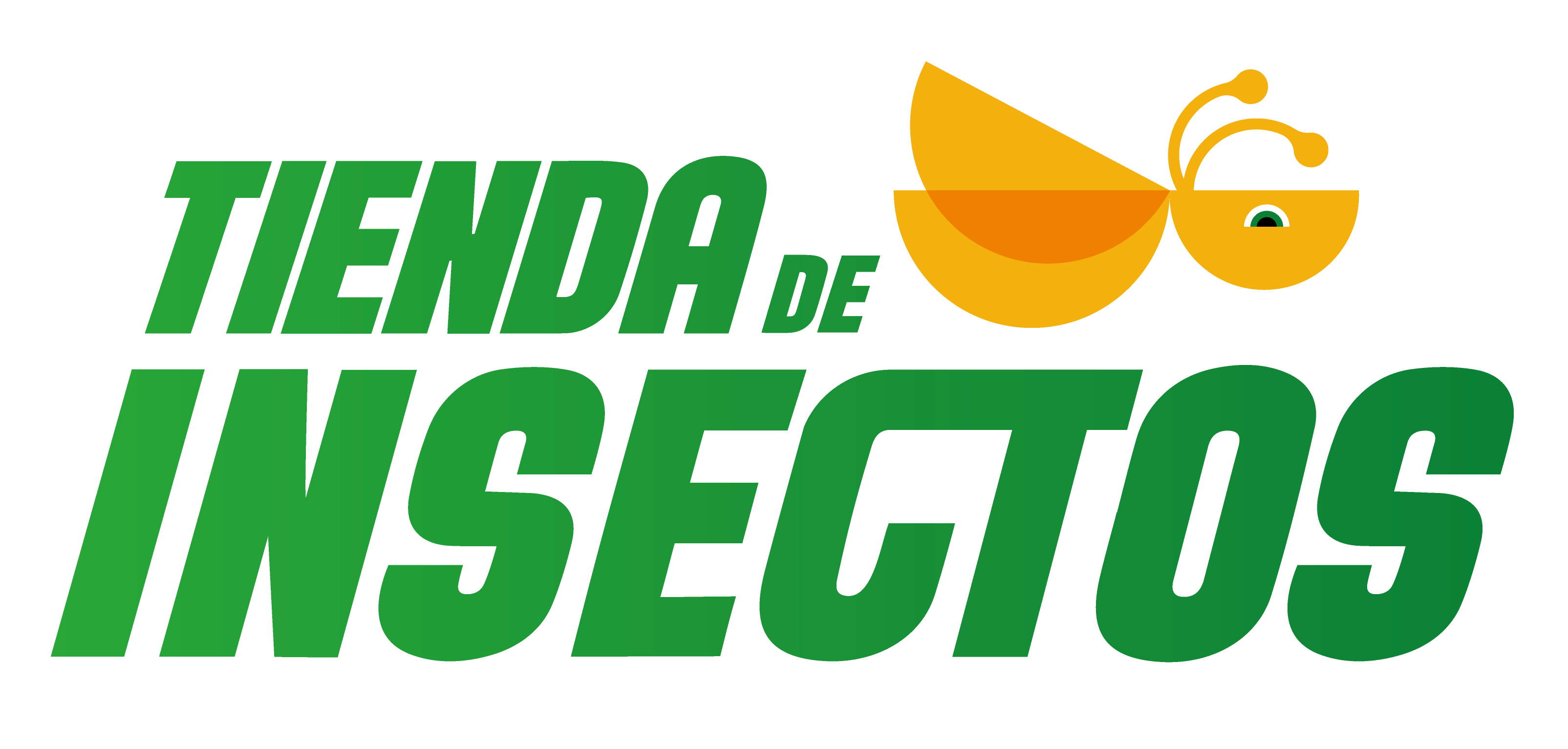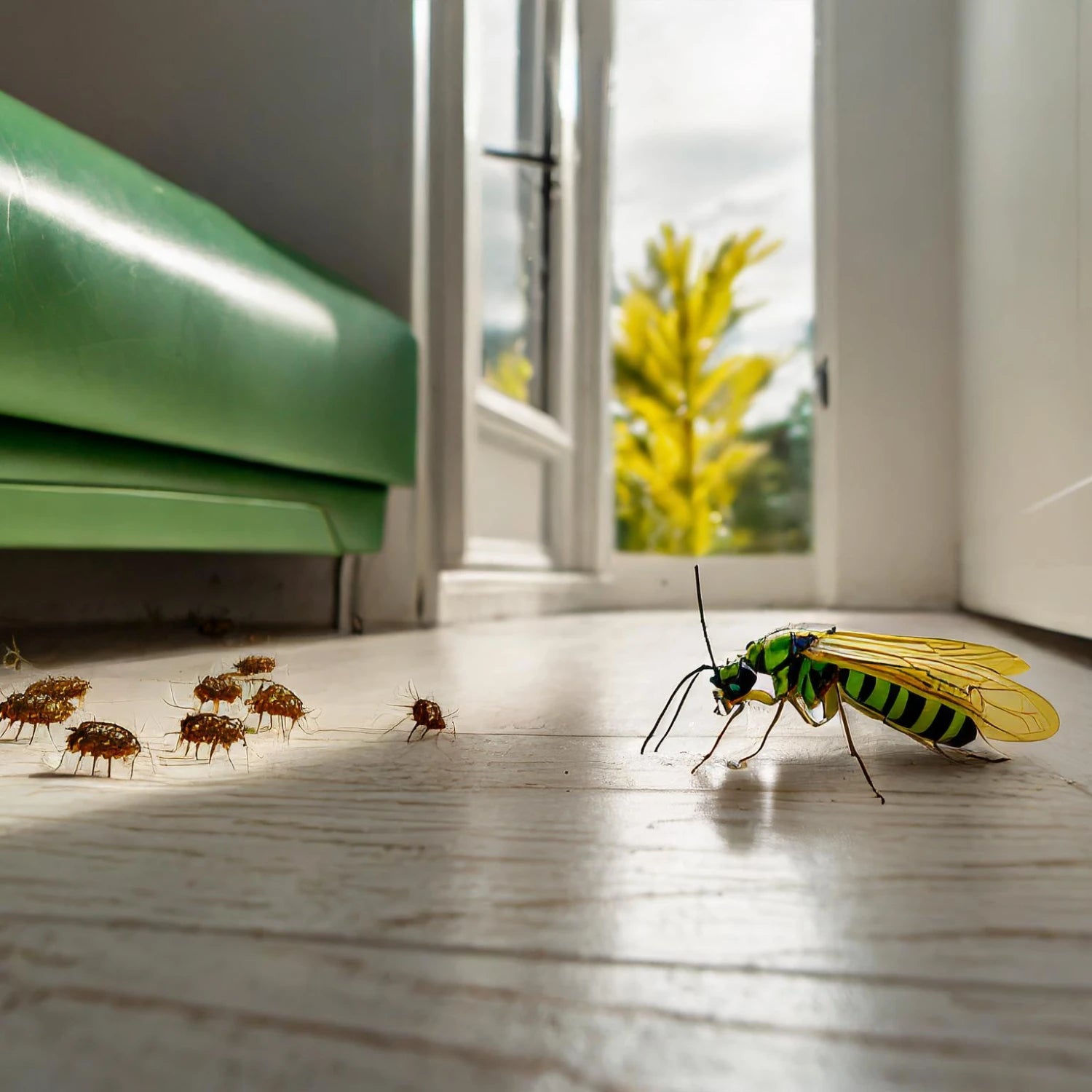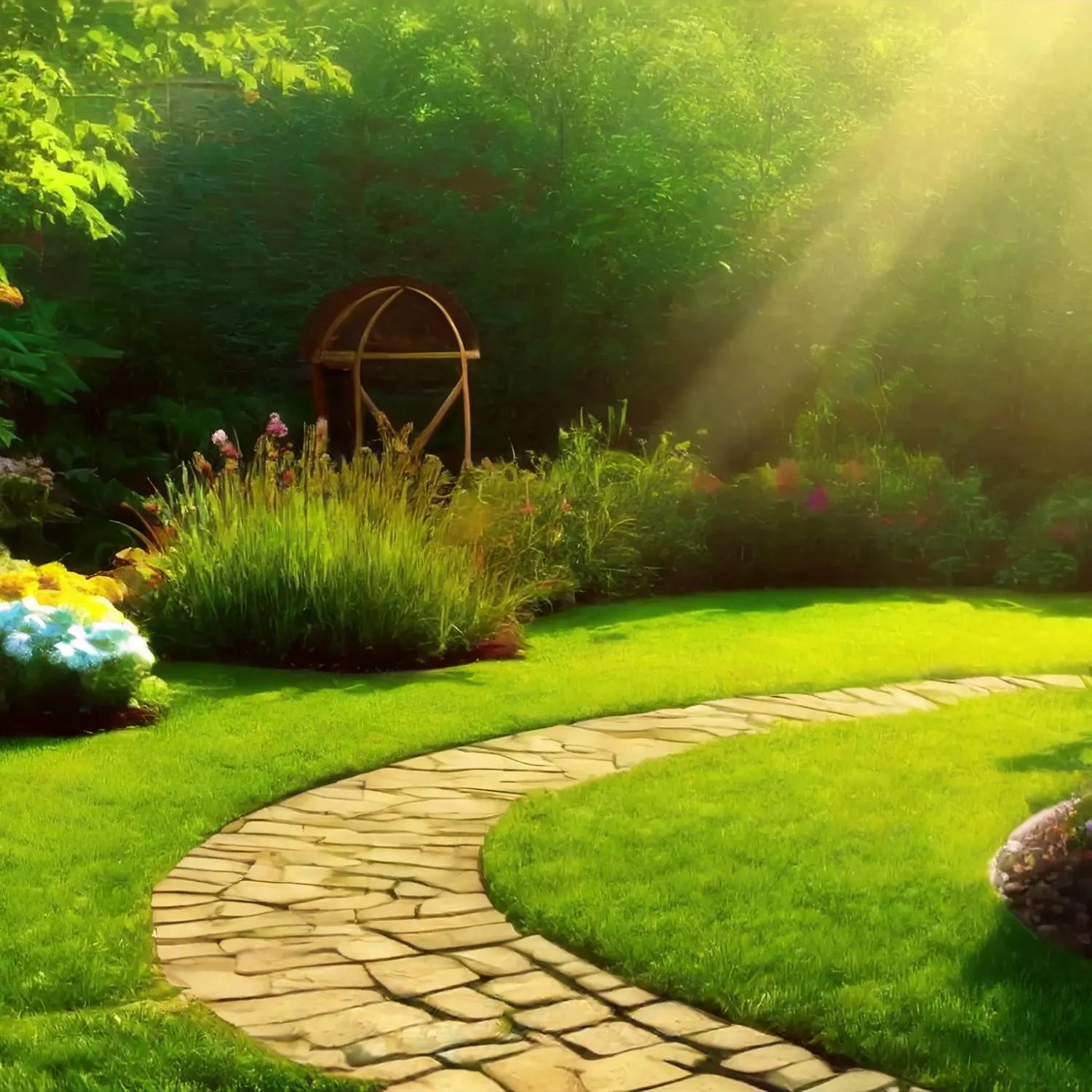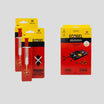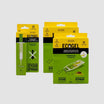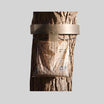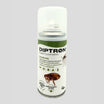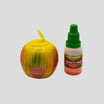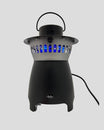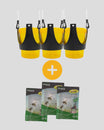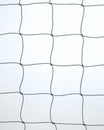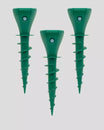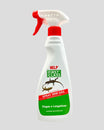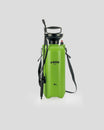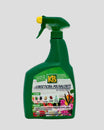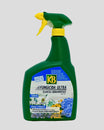The Stages of the Pine Caterpillar Life Cycle:
1. Egg Laying (Summer)
The cycle begins with the laying of eggs by adult females, which are nocturnal moths.
● Period: It occurs mainly in the summer months.
● Location: Eggs are laid in spirals around pine needles, forming small capsules that camouflage themselves in the vegetation.
● Quantity: A single female can lay between 100 and 300 eggs per clutch.
2. Larval Development (Autumn and Winter)
After an incubation period lasting between 3 and 6 weeks, the caterpillars emerge and begin the larval stage, characterized by five growth phases, called instars.
● Feeding Habits: Caterpillars consume pine needles, causing progressive defoliation.
● Nest Building: During the colder months, they build bulky nests made of silk in tree branches, where they remain sheltered.
● Procession: The movement in a group, in single file, a characteristic that gave rise to the name “processionary”, is more evident in the final stages.
At this stage, we recommend using traps on the trunks of pine trees to block the caterpillars' entire descent path, forcing them to enter the capture bag, from where they cannot escape. This way, direct contact with humans and pets is avoided.
3. Burial and Pupa (Spring)
When they reach the fifth instar, the caterpillars descend to the ground, moving in a line to find suitable places to burrow.
● Burial: They form a cocoon underground, where they go through the pupal stage.
● Pupal Duration: This stage can last a few weeks, months or, in specific cases, even years, depending on environmental conditions.
4. Adult Emergence (Summer)
The following summer, adults emerge from the soil as moths.
● Characteristics of Adults: The moths are brown in color and live for a short period, just enough for mating and laying eggs.
● Reproduction: After mating, females begin a new cycle, looking for pine trees to lay their eggs.
At this stage of the moths, we recommend using pheromone traps.
Pine Moth Life Cycle Summary
The pine caterpillar's life cycle is a remarkable demonstration of biological adaptation and the impact a species can have on an ecosystem. Understanding this cycle is essential to implementing effective control measures, reducing damage to trees, as well as to humans and pets, especially during the procession phase (a characteristic that gave rise to the name pine processionary).
Recomended Products
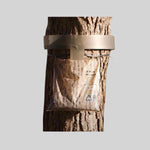
Pine Processionary Caterpillar Trap Kit
